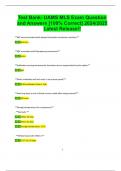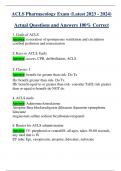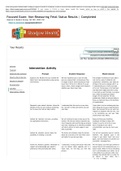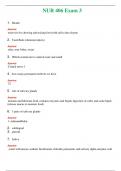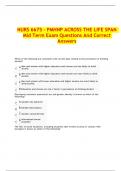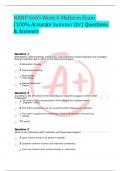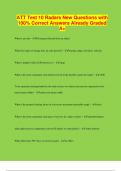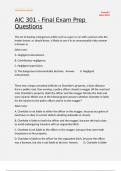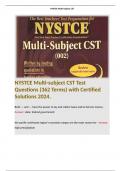Exam (elaborations)
Test Bank- UAMS MLS Exam Question and Answers [100% Correct] 2024/2025 Latest Release!!
- Course
- Institution
Test Bank- UAMS MLS Exam Question and Answers [100% Correct] 2024/2025 Latest Release!! **ABY most associated with delayed hemolytic transfusion reactions** Anti-Jk a **ABY associated with Mycoplasma pneumonia** Anti-I **Antibodies causing extravascular hemolysis due to sequestrat...
[Show more]
